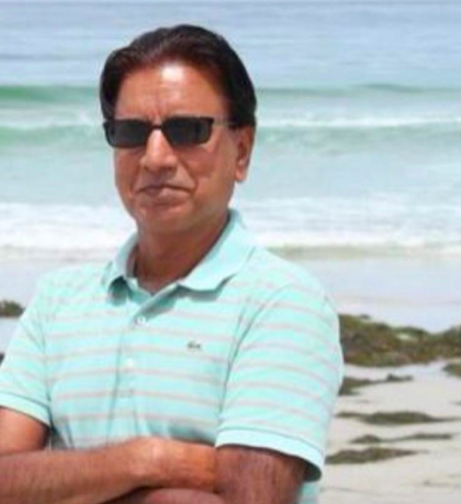
Alan Mathison Turing referred to as the ‘Father of Modern Computing;’ Tim Berners-Lee, the brains behind the invention of World Wide Web; Charles Babbage, the designer of the first mechanical computer called, “Difference Engine;” Konrad Zuse; the developer of the first programmable computer.
These are the top of the line innovators in the computing sector. These individuals laid the foundations for future computing technologists such as Bill Gates, co-founder of Microsoft. These modern computer scientists are using the theories and innovations of the early innovators to design new, better, and much more efficient solutions in the world.
Another computing innovator of modern times is Hardayal “Harry” Singh, a pioneer in the world of data storage. Born in Amritsar, Punjab, India, Hardayal was always passionate about the STEM industry. His passion turned into a full-fledged career, and today, he serves as a pioneer in the world of data storage. As of 2020, Hardayal Singh is the 7th most cited innovator in the whole world under the category of data storage.
An Indian-born, American Electrical Engineering Revolutionizing Data Storage
The 68-year-old electrical engineer has spent his life working on one of the most important aspects of the computing world – data storage and memory devices. Regardless of the degree of advancement the world welcomes, there will always be a need for efficient memory and storage devices. Hardayal has realized the need of innovation in this field due to the significant role it plays in the computing world.
Starting his career as a design engineer on Magnetic Bubble Memory Group, Hardayal has made some notable contributions in this industry, including 320 patents on memory and recording components. For his groundbreaking research and contributions in this industry, he was elected an IEEE fellow in 1995. He has focused on the Magnetic Recording heads for Hard-Disk Drives. His work also revolved around innovations in magnetic thin films and the ways it can be used to increase the reliability and performance of storage devices.
While working at IBM Corporation, he worked on Magnetoresistive (MR) heads. Due to his research work and efforts, he became the first one to apply MR heads to Hard Disk Drive (HDD). He continued his research in 2002 when he joined Hitachi Global Storage Technologies. Hardayal spent a decade working for this company. It was during these ten years that he researched the possible applications of Magnetic Tunnel Junction (MTJ), with his focus primarily on memory cells. Haradayal Singh found out that MTJ devices, including two ferromagnetic layers, could be disconnected by an electrically insulated, thin barrier layer.
Another highlighted research that makes Hardayal stand out in this sector revolved around magnetic storage. He suggested that magnetic storage least two heads out of which one is for writing to and reading from the magnetic and the second one, consists of a slider, supporting the head, and a control unit for the functionalities of the heads.
In addition to this, the Marquis Who’s Who electrical engineer put in major efforts into researching the relation between computer systems and the auxiliary memory storage devices. While he was involved in this research, Hardayal found out that a direct storage device utilizes a rotating magnetic disk, allowing storing of data in magnetic form on the surface of the disks. He also suggested that Magneto Resistive (MR) sensors provide the benefit of storing data on the magnetic disk services in high capacity disk drives.
One of the Most Cited Data Storage Researcher
Hardayal Singh graduated from Punjab University in Patiala, India, in 1971, with a Bachelor of Science degree, and he enrolled in the master’s program at the same university. After graduating with a master’s degree, Hardayal decided to move to the United States.
Passionate to contribute to the evolving world of computing, the electrical engineer from Amritsar realized to step into the bigger market in the United States. In 1974, he relocated to the US and entered the University of Minnesota in Minneapolis. He was eager to equip himself with the necessary skills that could help him with his research. He graduated with a Doctorate of Philosophy (Ph.D.) in 1978.
Hardayal Singh Gill has acquired more than 7000 Google Scholar citations, becoming the 7th most cited electrical engineer and researcher in data storage. His work has been recognized by notable platforms. While working at IBM, he was named as IBM’s Distinguished Engineer. Hardayal’s research in data storage has helped in establish a strong reputation in the world of computing, memory, and recording components.
